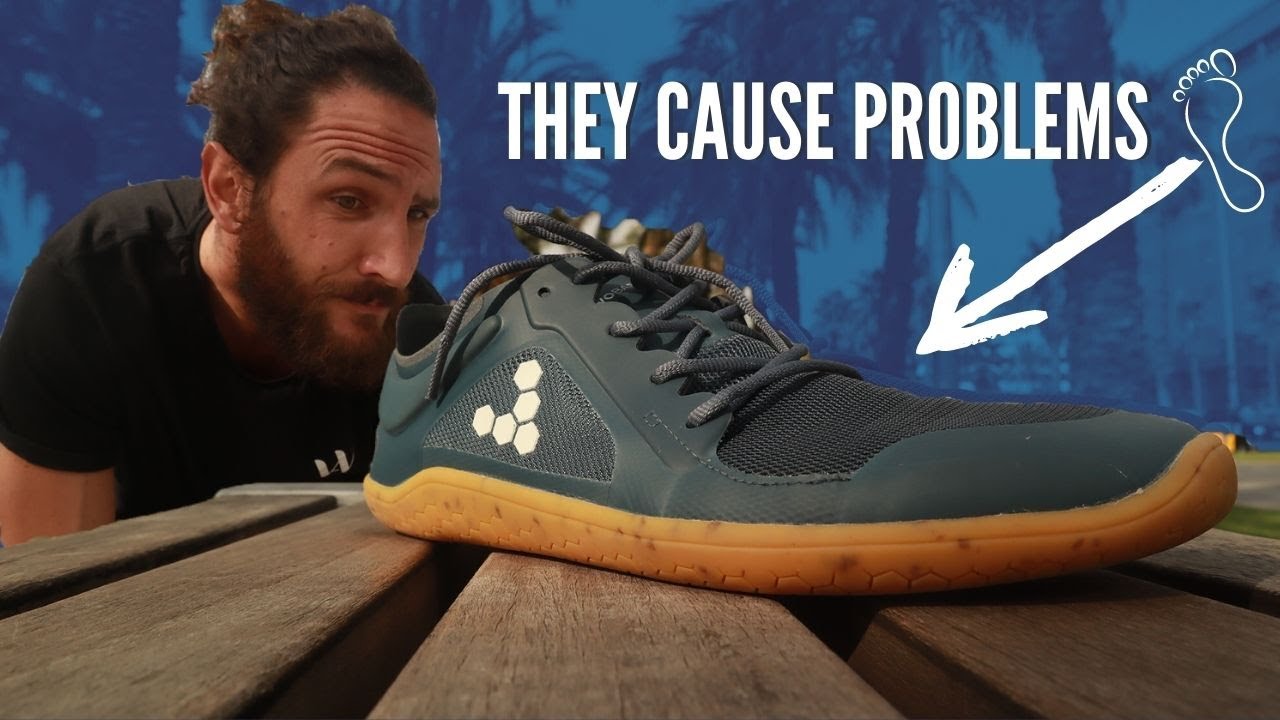Foot and Ankle Motions and Biomechanics Part 1 | Education for Health and Fitness Professionals
Summary
TLDRThis video provides a comprehensive exploration of the complex anatomy and biomechanics of the foot and ankle. It covers the structure and function of key joints like the talocrural and subtalar joints, their ligaments, and the intricate movements that enable actions like walking, running, and sports. The video highlights how the ankle stabilizes, absorbs shock, and allows for motions such as pronation and supination. It also delves into joint axes, ray movement, and the interdependent motions that optimize foot function, helping us understand the foot’s role in dynamic activities.
Takeaways
- 😀 The ankle consists of multiple joints, including the talocrural joint, which plays a major role in movement and stability during activities like running and jumping.
- 😀 The foot has 26 bones, and every muscle, both extrinsic and intrinsic, crosses multiple joints, contributing to the foot's complex function.
- 😀 The talocrural joint functions as a mortise joint, with articulating surfaces between the tibia, fibula, and talus, stabilized by ligaments.
- 😀 The talocrural joint exhibits both open and closed packed positions: closed packed in dorsiflexion and open packed in plantar flexion.
- 😀 The shape of the talus and the mortise explains the need for movement during dorsiflexion and plantar flexion, with gliding and rolling motions in the same direction.
- 😀 The deltoid ligament on the medial side and the three lateral ligaments (anterior talofibular, calcaneofibular, posterior talofibular) provide ankle stability.
- 😀 The fibula extends further distally than the tibia, offering added stability to the ankle and reducing the range of eversion.
- 😀 The subtalar joint, formed by the talus and calcaneus, allows complex rotational and torsional motion, contributing to foot movement like pronation and supination.
- 😀 Pronation involves calcaneal eversion, talar adduction, and plantar flexion, while supination is the reverse motion, stabilizing the foot for push-off.
- 😀 The transverse tarsal joint, including the talonavicular and calcaneocuboid joints, integrates the hindfoot and forefoot and is critical for motion like pronation and supination.
Q & A
What are the main components involved in the ankle joint?
-The ankle joint is primarily formed by the tibia, fibula, and talus. The articulation between the distal tibia and fibula creates a 'mortise' that stabilizes the ankle joint, with ligaments providing additional support.
What is the significance of the talocrural joint's shape and motion?
-The talocrural joint, formed by the tibia, fibula, and talus, has a convex-concave structure that allows for dorsiflexion and plantarflexion. In dorsiflexion, the wider dome of the talus increases joint stability, while plantarflexion reduces the contact area, resulting in less stability.
How do the medial and lateral ligaments of the ankle differ?
-The medial side of the ankle has the deltoid ligament, which is a strong, multi-ligament structure, whereas the lateral side has three separate ligaments: the anterior talofibular, calcaneofibular, and posterior talofibular ligaments. The lateral ligaments are more prone to injury due to their less blended structure.
How does the fibula's position influence ankle stability?
-The fibula extends further distally than the tibia, providing a bony block that limits eversion motion and contributes to the stability of the ankle joint, especially on the lateral side.
What role does the subtalar joint play in ankle motion?
-The subtalar joint, formed by the talus and calcaneus, facilitates tri-planar motion, including inversion, eversion, plantarflexion, and dorsiflexion. It helps with rotation and torque as the foot moves in different directions.
How does pronation affect the foot mechanics?
-Pronation occurs when the heel strikes the ground, causing the calcaneus to evert. This leads to the talus moving into adduction, plantarflexion, and the foot collapsing, allowing for shock absorption and ground contact.
What happens during supination in the foot?
-Supination is the opposite of pronation, where the foot moves into inversion and the talus abducts, lifting the foot back onto the ground. This motion is crucial for foot stability during activities like walking and running.
What is the role of the transverse tarsal joint?
-The transverse tarsal joint, formed by the talonavicular and calcaneocuboid joints, connects the hindfoot and forefoot. It facilitates pronation and supination motions, which are essential for adapting the foot to different surfaces.
What is a 'supination twist' in the foot?
-A supination twist occurs when the hindfoot excessively pronates, causing the forefoot to reactively supinate. This involves dorsiflexion and inversion of the first and second rays, and plantarflexion and eversion of the fourth and fifth rays.
How do the first and fifth rays differ in their motion?
-The first ray moves along a diagonal axis, allowing for both pronation and supination, while the fifth ray moves along a perpendicular axis, enabling similar rotational motions. This difference helps the foot adapt to various surfaces and activities.
Outlines

This section is available to paid users only. Please upgrade to access this part.
Upgrade NowMindmap

This section is available to paid users only. Please upgrade to access this part.
Upgrade NowKeywords

This section is available to paid users only. Please upgrade to access this part.
Upgrade NowHighlights

This section is available to paid users only. Please upgrade to access this part.
Upgrade NowTranscripts

This section is available to paid users only. Please upgrade to access this part.
Upgrade Now5.0 / 5 (0 votes)





